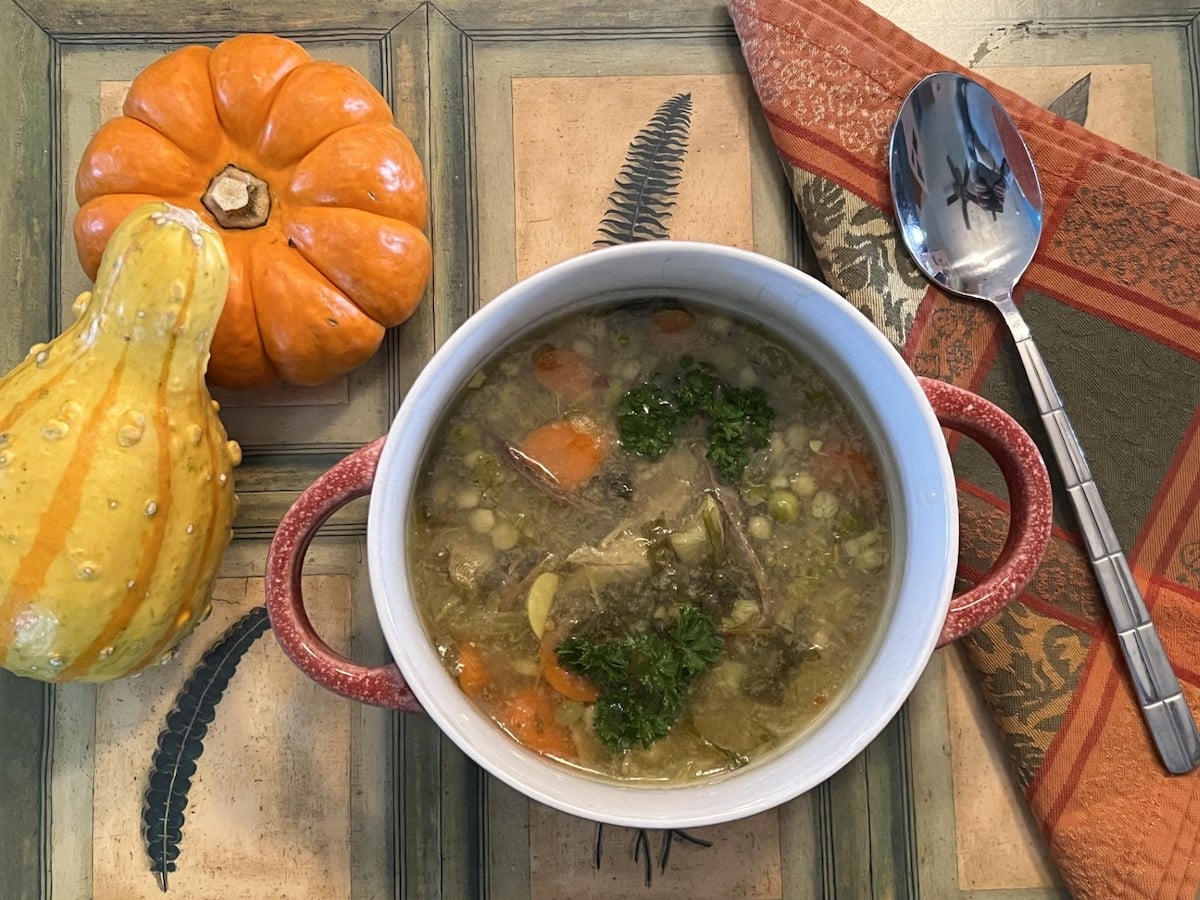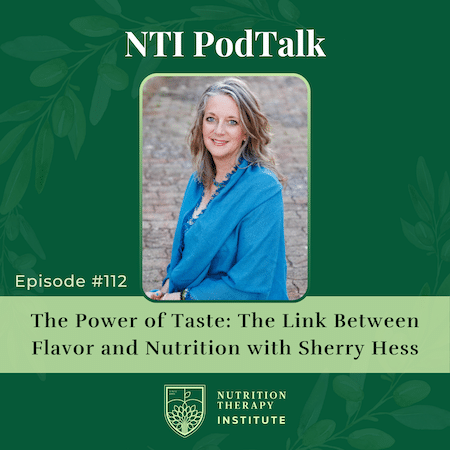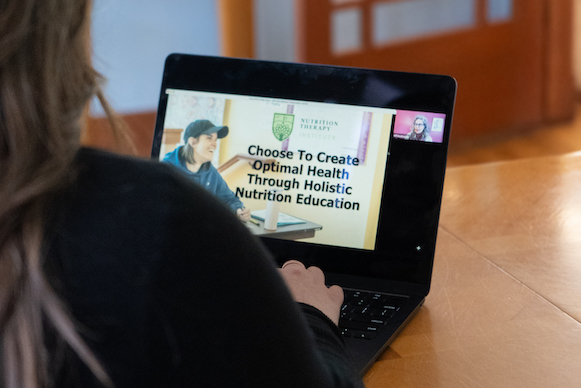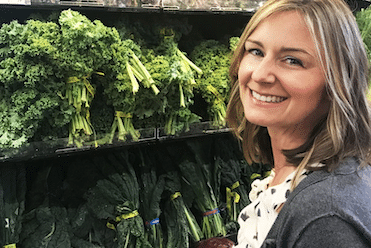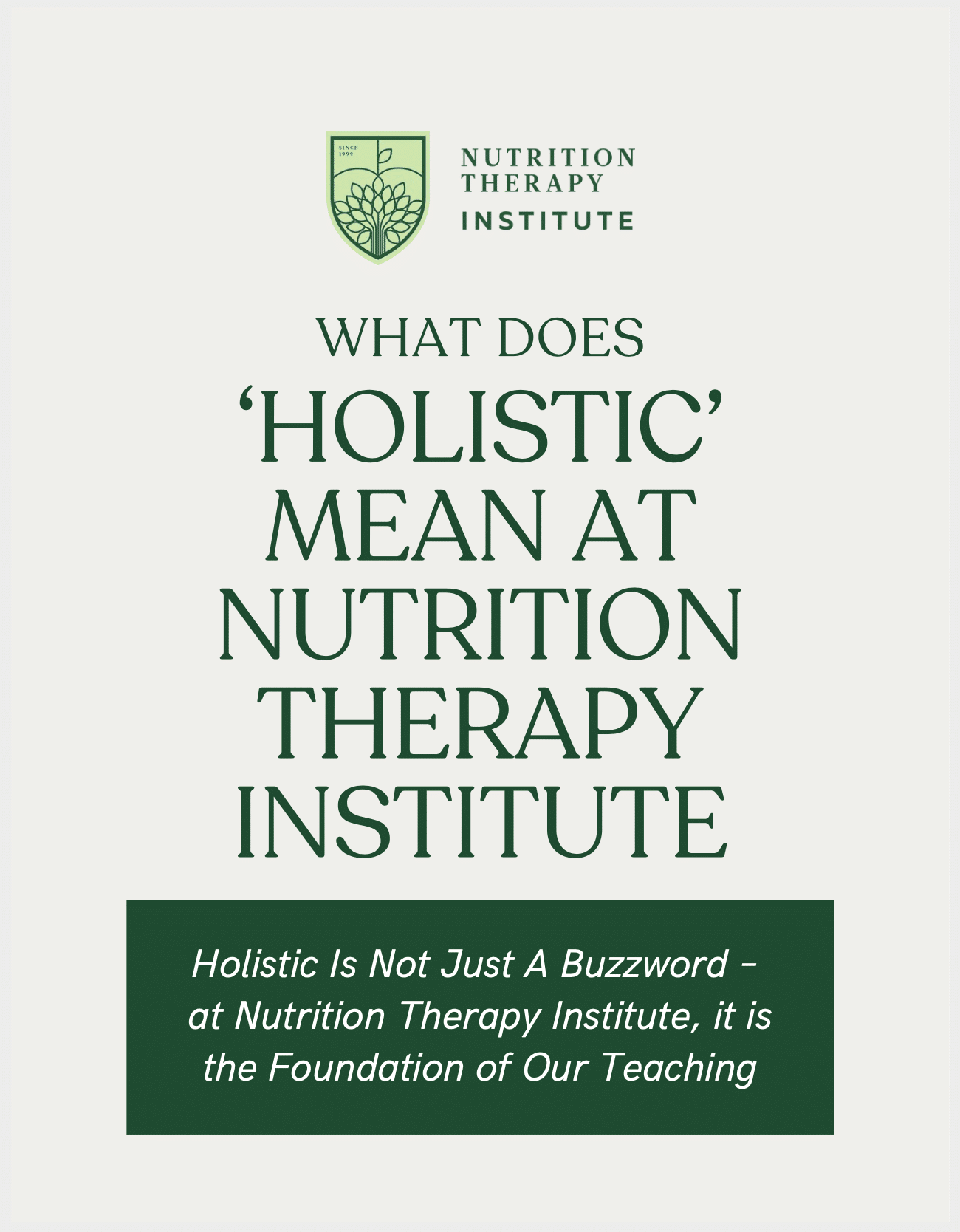
Share this post!
A Course In Nutrition: Learning Your A, B, C’s
Welcome back to Part 3 of our multiple-part series on Vitamins.
In the last blog, we talked about:
- the importance of Vitamin B1 – thiamine
- what health challenges occur when there is a deficiency
- what foods are packed with this very important vitamin
- and, an easy recipe to make sure you’re eating enough Vitamin B1 daily
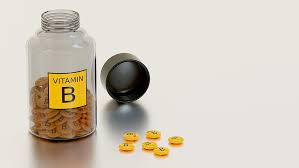
B Vitamins:
In today’s blog, we will talk about Vitamin B2, also known as riboflavin. As the weeks go by, we will discuss the importance of all 8 B vitamins. They each have individual roles that support your optimal health and, they also work together, as a team. Therefore, I don’t want you to rush to the store, after reading this blog, to pick up supplemental riboflavin. (There is one exception, and you’ll discover it later in the blog.)
After learning about the importance of all the B vitamins, you might decide that you need a B complex, and we’ll talk about the best way to supplement with the entire complex. Until then, please increase the foods that I will mention throughout this blog, to increase your level of Vitamin B2, if you are concerned about a deficiency.
Vitamin B2 – Riboflavin:
Vitamin B2 helps break down proteins, fats, and carbohydrates, in order to release their energy for our use.
- Protein, fat and carbs are our MACRO-nutrients.
- All foods we eat contain one, or more, of these compounds.
- However, these compounds need to be converted to MICRO-nutrients, in order to be available for our cells and organs to use.
- That’s what we mean when we say Vitamin B2 ‘breaks down proteins, fats and carbs.’
- Riboflavin helps convert our macro-nutrients into micro-nutrients.
I’m going to get a little ‘science-y’ for a minute:
- Riboflavin helps convert carbohydrates into adenosine triphosphate (ATP).
- We produce ATP from food.
- ATP produces energy for when the body needs it.
- I consider ATP our human gasoline…it’s what fuels us.
- If we have low levels of ATP, we have low levels of energy.
Unfortunately, it’s very easy for nearly all Americans to burn through their riboflavin reserves daily.
There are a few key reasons for this:
- Riboflavin is a water-soluble vitamin….therefore, we can’t really store much of this important vitamin for later use.
- Burning ‘fat’ for energy requires nearly twice the amount of riboflavin than burning ‘carbs’ for energy.
- So, for those of you following a keto diet, or ‘high fat-low carb’ diet you really burn through your reserves very quickly.
- Weight loss increases your need for riboflavin by upwards of 60%.
- More than 20 minutes of cardio 6 days per week increases your need by nearly 60%, too.
- If you’re purposefully dieting and exercising to lose excess weight, you can see how easy it would be to become deficient in this important vitamin.
Recent estimates suggest that nearly 50% of adults and over 75% of children have low levels of riboflavin.
Other than having low levels of energy, how would you know if you needed a little extra riboflavin?
These are the signs to look for:
- The outer edges of your lips get red and crusty.
- The corners of your mouth crack.
- Your tongue and the inside of your mouth gets red and swollen.
- Your skin gets red, scaly, itchy, greasy, and painful.
- It’s more common at the outer edges of your nose, smile lines, ears, eyelids, and even your genitals.
- Your hands and feet can get very sensitive to touch, heat, or pain.
- This is called peripheral neuropathy
There are several chronic health conditions that tend to respond to increased riboflavin intake. Let’s look at a few of them.

Autism:
There is interesting research that show that eating foods rich in riboflavin and/or supplementing with riboflavin can be helpful for people on the autism spectrum. Autism is rising at a rate of 10-17% per year, based on the research.
In March 2020, the CDC (Centers for Disease Control) stated that 1 in 34 boys and 1 in 144 girls has autism in the USA. Those statistics are staggering, but the good news is that improving nutrition can absolutely improve the severity of this disorder. Exciting research shows that combining riboflavin, pyridoxine (vitamin B6) and magnesium helps improve function in children and adults on the autism spectrum.
Since there really isn’t a ‘medical’ treatment for autism, it is very encouraging to know that nutritional strategies offer real hope. I will talk more about this research when I get to my blog on Vitamin B6, in just a couple of weeks.
Alzheimer’s Disease:
Alzheimer’s Disease is another disorder that is growing at a rapid pace in the USA and other westernized countries.
There are many research articles showing how riboflavin helps improve cognitive function. That is great news for those of you wanting to use nutrition therapies for brain health, because there are no good pharmaceutical options available right now. (There are a couple of drugs that are widely prescribed, but in their literature, they admit that the drugs ‘do not slow down the progression or severity of this disease’.)
Migraines:
There is important news for migraine sufferers, too. Studies have been done that show that riboflavin can shorten the duration of migraine headaches and reduce their frequency, too. This is HUGE news because traditional medical treatments leaves a lot to be desired.
Research published in 2004, shows that 400 mgs, taken daily can be of help. Dr Chris Masterjohn, renowned nutritionist, suggests 100 mgs taken with each meal, to help. Since we know that vitamin B2 is water-soluble, I tend to agree with Dr Masterjohn, and I would suggest taking it throughout the day, instead of a single large dose
It’s my goal to inspire you to look at using nutrition therapy as a useful tool in many chronic health conditions.
Hippocrates (the father of medicine) had it right when he said “Let Food Be Thy Medicine…”
How Much Do You Need?
The RDA (Recommended Dietary Allowance) for riboflavin is 1.3 mg/day, however, it appears that the optimal level is closer to 2-5 mg/day, especially if you exercise regularly, follow a keto-ish diet or are trying to lose weight.
And, if you take acid-blocking drugs (Prilosec, Nexium, etc) it makes it difficult to absorb riboflavin, so upping the limit from 1.3 mg/day to 2-5 mg/day will be quite beneficial.
So…..what foods do you want to eat more of, so that you can:
- Create optimal levels of ATP (your ‘energy’ source)
- Improve autism symptoms
- Improve brain health to fight Alzheimer’s Disease
- Improve migraine frequency
You will discover, as we continue on with our series ‘A Course in Nutrition: The A B C’s’ that liver is a super-food….and it certainly is, in the case of riboflavin.
- 3-4 ounces will give you 2-5 mgs.
- 1 serving per day will do the job
- Organ meat (heart, kidney) can provide 1-2 mgs per 3-4 oz serving
- 2 servings are required to meet your daily needs
- Cheese, Eggs, Mushrooms, Red meat and Salmon provide approximately 0.5 mg per serving
- 5, or more, servings per day are required
- Nuts, Seeds, Vegetables and Whole Grains only provide 0.1-0.3 mgs per serving
- 10 servings, or more, per day are required
I don’t want you to feel overwhelmed about how to eat more foods rich in Vitamin B2. There are amazing Nutrition Therapists out there who will be happy to help you make healthy changes in your diet, if you need a little bit of help. Heck, I’m actually hoping that you’ll be so inspired as you’re learning about nutrition, that you might even consider starting your journey as a Nutrition Therapist. The world needs many more people in this profession.
Now you know more about vitamin B2, riboflavin, than you did when you started reading this blog. So, let’s look at a recipe to help you get more of this vital nutrient into your food rotation.
Chicken Liver Pâté Recipe
Prep time: 15 minutes
Cook time: 15 minutes
Yield: Serves 16 as an appetizer
If you want, you can soak the chicken livers in milk for an hour or so before proceeding with the recipe. Soaking the livers in milk will take a bit of the edge off the liver and make them taste more mild. This recipe makes a lot. You can easily halve (or double).
INGREDIENTS
- 6 Tbsp unsalted butter, divided
- 1/3 cup minced shallot
- 1 pound chicken livers
- Salt
- 1 clove garlic, minced
- 2 Tbsp capers
- 1 teaspoon dried thyme
- 1 teaspoon anchovy paste (optional)
- 1/4 cup brandy
- 1/4 cup cream
COOKING INSTRUCTIONS
- Trim fat and connective tissue from livers
- Heat 2 tablespoons of the butter in a large sauté pan on medium heat and let the butter brown, about 3-5 minutes. Do not let it burn.
- Add the shallots and sauté for 1 minute. Add the livers. Be sure to space them well in the pan so they can brown more easily. Sprinkle salt over the livers. Flip the livers when one side browns, about 2 minutes.
- Once the livers have browned, add the capers, thyme, garlic, and anchovy paste if using, and sauté another minute.
- Take the pan off the heat and add the brandy. (Be careful when you return it to the heat, as it could flame up, especially if you are using a gas range. If it does, cover the pan for a moment.)
- Increase the heat to high and let the brandy boil and reduce to the consistency of syrup, about 1-2 minutes. Turn off heat and allow the mixture to cool.
- Put the mixture into a food processor or blender and pulse a few times to combine. Add the remaining butter and the cream and purée. The mixture will look a little loose, but it will firm up in the fridge.
- Pack the pâté into ramekins or a small bowl, cover and refrigerate for at least an hour before using.
The pâté will last a week or so in the fridge. If you want to preserve it for up to a month, pour a little melted lard or clarified putter on top to seal. Each time you dip into the pâté, you will need to reseal the top to preserve it. Serve on crackers or baguette slices.
Please promise me you’ll be brave and try this recipe, if you’ve been afraid to try liver in the past. It’s genuinely delicious, and I’m certain you will surprise yourself. Bon Appetite
About the author:
Dr Becky Spacke is a course instructor at Nutrition Therapy Institute. Additionally, she has a private practice focused on minimizing the risk of developing Alzheimer’s Disease as a qualified ReCODE practitioner.
Images: Tatjana Baibakova/123RF; Chronic Disease by Nick Youngson CC BY-SA 3.0 Alpha Stock Images; Image by linsight is free for use by Pixabay
Learn more about our school by attending an informational webinar.
Images: Tatjana Baibakova/123RF; Chronic Disease by Nick Youngson CC BY-SA 3.0 Alpha Stock Images; Image by linsight is free for use by Pixabay
Share this post!

